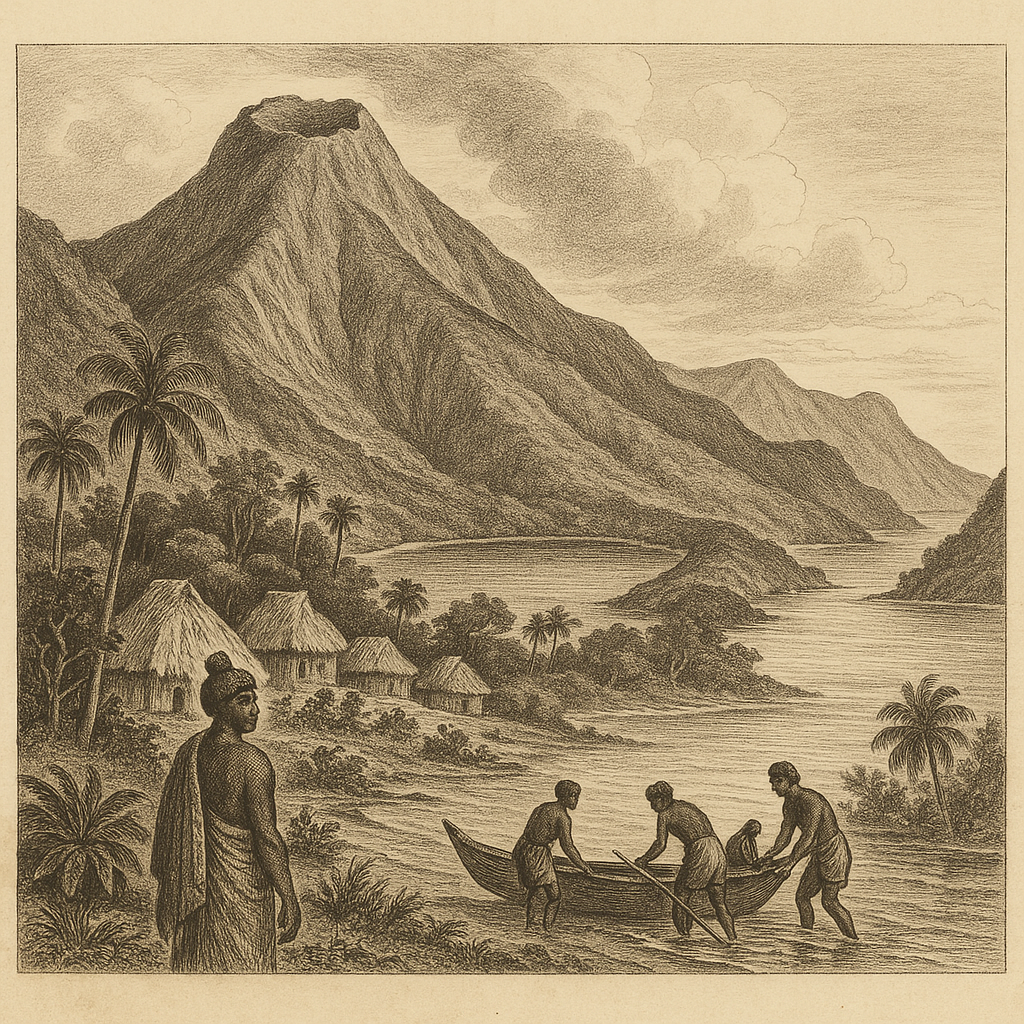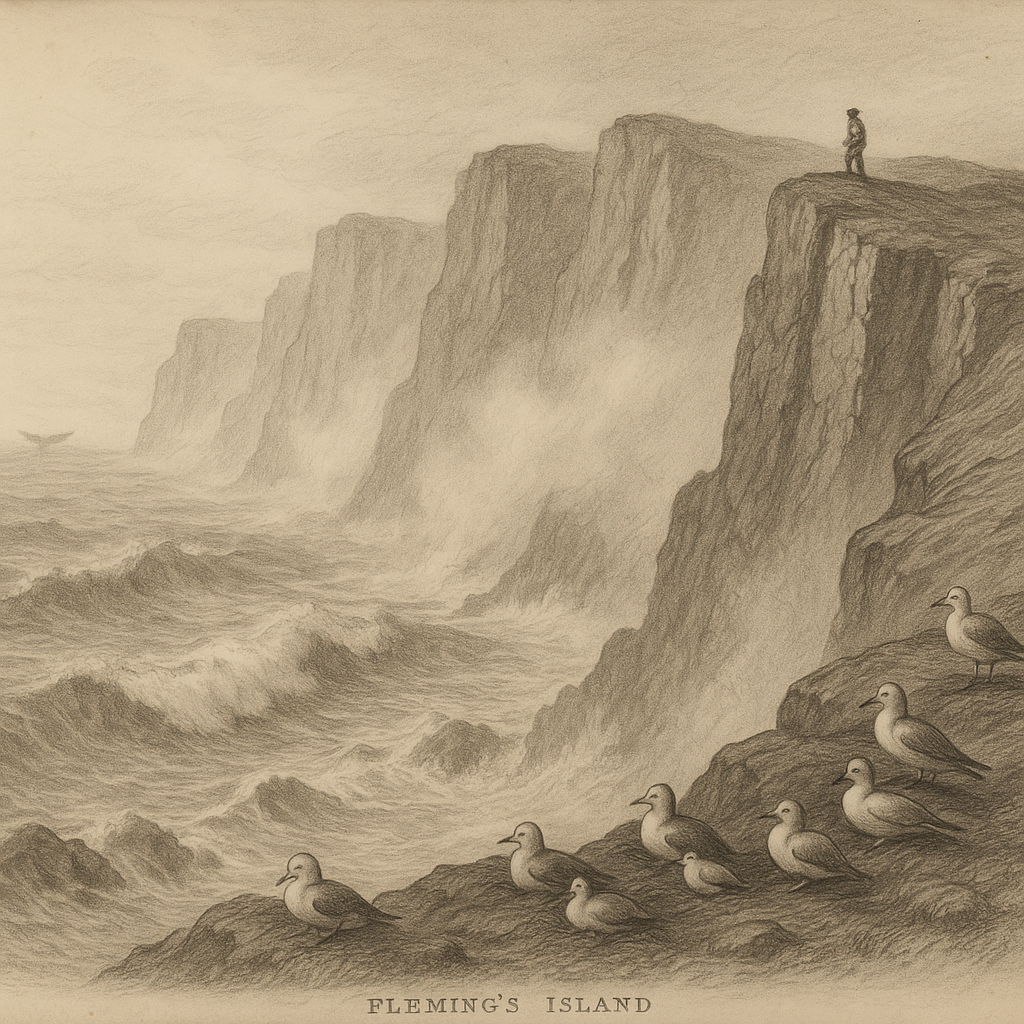Howland Island: A Forgotten Speck in the Pacific
Located in the central Pacific Ocean, Howland Island is a small, uninhabited coral island belonging to the United States. It is part of the United States Minor Outlying Islands and is known not only for its ecological isolation but also for its brief yet pivotal role in 20th-century history. Here are some key insights into this remote and intriguing island.
Geographic Location and Physical Characteristics
Howland Island lies just north of the equator, approximately halfway between Hawaii and Australia. It is located at 0°48′N latitude and 176°38′W longitude. The island covers an area of 1.6 square kilometers (0.6 square miles) and is shaped like a narrow oval reef-topped platform. The island has no natural fresh water sources and rises only about 3 meters (10 feet) above sea level, making it particularly vulnerable to rising seas.
A coral atoll encases the island, and although it lacks a lagoon typical to true atolls, it still features a surrounding fringing reef. The terrain is mostly flat with low vegetation—primarily grasses, prostrate vines, and low-growing shrubs. Due to its remote location and harsh environment, the island is entirely uninhabited, though it previously hosted transient inhabitants in the 1930s.
Ecology and Wildlife
As part of the Pacific Remote Islands Marine National Monument, Howland Island is a protected ecosystem of significant maritime and ecological value. Its surrounding waters are exceptionally rich in marine biodiversity, including coral, reef fish, and large pelagic species. The island serves as a nesting and breeding ground for numerous seabird species. Notable avian visitors include the sooty tern, Pacific golden plover, and masked booby.
Because of centuries of human absence, the island has retained many native and migratory bird species, leading it to be designated as an Important Bird Area (IBA) by BirdLife International. Marine turtles, particularly the green sea turtle and hawksbill turtle, occasionally nest on its beaches. The reef ecosystem supports an impressive variety of invertebrate species as well.
Human History and Strategic Importance
Howland Island has a remarkably sparse human history, but it holds a unique place in the annals of American expansion and strategic interests. The United States claimed the island under the 1856 Guano Islands Act, a law allowing U.S. citizens to claim uncharted islands rich in guano—an important fertilizer at the time.
From 1935 to 1942, the U.S. government initiated a colonization effort known as the American Equatorial Islands Colonization Project. A small group of colonists, including mostly Native Hawaiian and Chamorro men, were stationed on Howland Island to establish U.S. sovereignty amid rising geopolitical tensions in the Pacific. They constructed rudimentary structures, including a landing strip and a lighthouse dedicated to Amelia Earhart.
All colonization efforts ceased following a Japanese aerial attack at the beginning of World War II. The island has remained uninhabited since, although a beacon and remnants of wartime facilities are still visible.
Aviation History: The Amelia Earhart Connection
Perhaps the most famous incident associated with Howland Island is its connection to pioneering aviator Amelia Earhart. On July 2, 1937, Earhart and her navigator Fred Noonan disappeared while en route to Howland Island from Lae, New Guinea, during their attempt to circumnavigate the globe.
A 1,600-meter airstrip was constructed specifically to facilitate Earhart’s landing, and the U.S. Coast Guard cutter Itasca was stationed offshore to provide radio assistance. Tragically, Earhart was never seen again, and her disappearance remains one of aviation’s greatest mysteries. The island, though never touched by her aircraft, became a central point in the search efforts and later in the legend that formed around her final flight.
Conservation Efforts and Access Restrictions
In 2009, Howland Island became part of the Pacific Remote Islands Marine National Monument, reflecting the U.S. government’s commitment to preserving its fragile ecosystems. As a result, the island and its territorial waters are closed to commercial exploitation and human settlement.
Access to Howland Island is strictly managed by the U.S. Fish and Wildlife Service, under the Department of the Interior. Permits are required for any visitation, and only approved scientific research or conservation projects are typically allowed. It is also occasionally used as a site for amateur radio expeditions, better known in the DXing community as a “rare contact.”
Because of its remoteness, Howland Island is only accessible by boat, with no docking facilities available. Supplies and personnel must be offloaded manually in small inflatable boats onto the reef edge during favorable sea conditions.
Interesting Facts About Howland Island
– Howland Island is on the very edge of the International Date Line but still adheres to the time zone UTC−12, making it among the last places on Earth to experience any given calendar day.
– The island is designated as a National Wildlife Refuge and is often visited by federal scientists and researchers for short-term projects.
– Despite the construction of airstrips and temporary facilities, no permanent structures survive on the island today, only ruins and a beacon memorializing Amelia Earhart.
– The island was placed on the National Register of Historic Places in 1988 due to its historical association with early aviation and wartime efforts.
– Howland Island is one of just a few places originally designated for “guano mining,” a practice that declined in the late 19th century due to synthetic fertilizers.
Legends and Mystique Surrounding Howland Island
Though largely arid and barren, Howland Island has inspired an aura of mystery, thanks to its association with Amelia Earhart. Conspiracy theories abound, with some claiming that her ill-fated landing may have succeeded on a nearby island, or that she was captured elsewhere in the Pacific. These claims have no compelling evidence, but they have contributed to the intrigue surrounding the site.
Some island enthusiasts and amateur historians believe that Howland is haunted by the “ghosts of the lost,” referencing the young colonists killed during the Japanese assault in World War II and the spectral memory of Earhart’s final call for help. While there’s no native population to pass down oral traditions, the island’s lonely landscape and historical context offer ample inspiration for speculative legends.
Conclusion
Howland Island may barely rise above the ocean’s surface, but it stands tall in historical and ecological significance. From its connection to Amelia Earhart’s last flight to its current role as a protected wildlife haven, the island is a quiet witness to both human ambition and natural evolution. Isolated and unremembered by many, it remains a poignant reminder of what was, what is, and what might yet be discovered in the vast Pacific.


